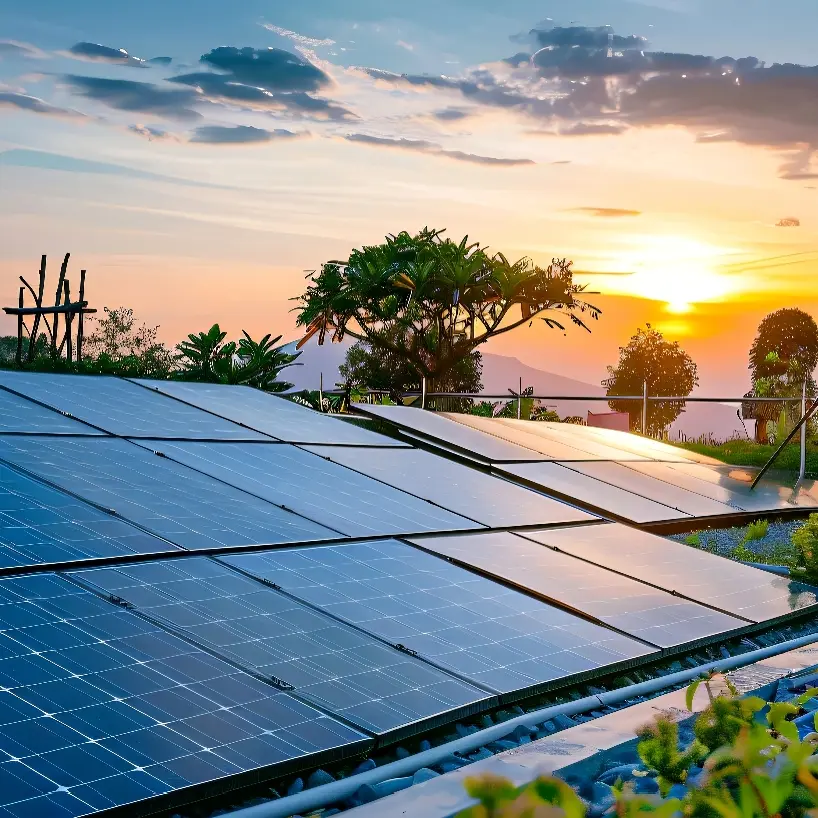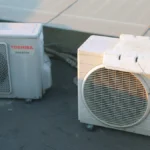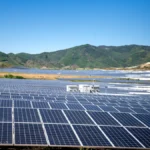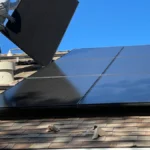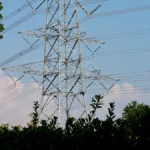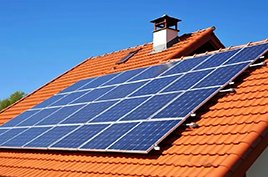As the world shifts toward sustainable energy, the solar Photovoltaic (PV) system has emerged as a top solution for both homes and businesses. However, one of the most frequently asked questions remains: Can solar panels still generate electricity on cloudy days? If you’ve ever wondered whether investing in a solar PV system is worthwhile in regions with unpredictable weather, this article provides a clear and in-depth explanation.
How Solar PV Systems Generate Electricity

To understand the impact of cloudy weather on solar panels, it’s helpful to first understand how a solar PV system works:
- Light Absorption: When sunlight strikes the surface of a solar panel, it excites electrons in the silicon cells. This movement of electrons creates direct current (DC) electricity.
- Inversion: The DC electricity is then converted into alternating current (AC) by an inverter. This makes the electricity usable for your home or building appliances.
- Distribution or Storage: The AC electricity is either used immediately, stored in a battery system, or sent to the grid depending on your setup.
The critical point is that solar panels react to light, not heat. Even during cloudy or rainy weather, there’s still enough ambient light to generate electricity—though at reduced efficiency.
Do Solar Systems Work on Cloudy Days?
The short answer is: Yes, they can.
Solar panels work by converting light—particularly visible light—into electricity. This means that as long as the environment isn’t completely dark (as in nighttime), the panels can still produce energy.
Why Solar Panels Work Even Without Direct Sunlight
Wavelength Sensitivity: Solar panels are designed to react to a broad spectrum of light wavelengths, many of which can penetrate cloud cover.
Diffuse Light: Even when clouds block direct sunlight, solar panels still absorb diffused light that is scattered by the atmosphere.
Visibility Test: A simple rule of thumb is: if it’s bright enough for you to see outside, it’s bright enough for your solar panels to work.

How Weather Impacts Solar Performance?

Cloudy weather does reduce a solar panel’s performance, but not drastically in most cases. On average:
- Overcast Days: Panels may produce 10–25% of their rated output depending on cloud thickness.
- Rainy Days: Expect about 10–20% output, though rain can also clean your panels, improving long-term performance.
- Foggy Days: These might produce around 5–15%, but the actual output can vary depending on ambient light levels.
Despite this temporary drop, solar energy systems are designed to balance energy production across the year, compensating sunny days against cloudy ones.
Ways to Improve Solar System Performance in Cloudy Conditions
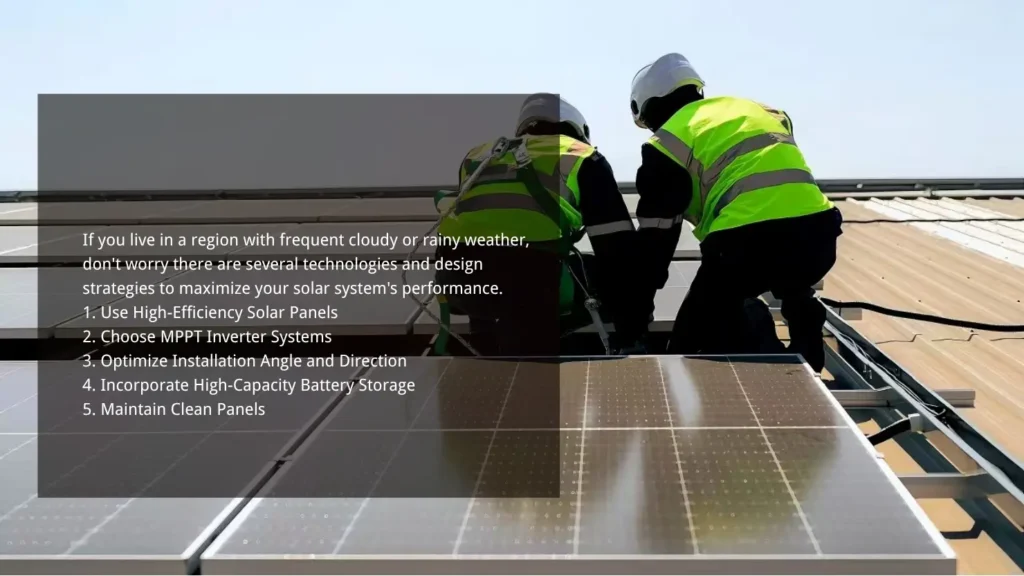
1. Use High-Efficiency Solar Panels
Invest in monocrystalline solar panels, which tend to perform better than polycrystalline ones in low-light conditions. High-efficiency models can capture more photons and convert them into electricity even when the sun is obscured.
2. Choose MPPT Inverter Systems
MPPT stands for Maximum Power Point Tracking. These inverters dynamically adjust the system to extract the highest possible power output at any given moment, especially beneficial when sunlight is inconsistent.
3. Optimize Installation Angle and Direction
A well-angled installation ensures your solar panels receive the maximum exposure to sunlight throughout the day. South-facing panels (in the northern hemisphere) with an angle close to your latitude usually provide the best year-round performance.
4. Incorporate High-Capacity Battery Storage
A robust solar battery system can store excess energy generated during sunny periods and provide it during cloudy days or at night. This not only smooths out power availability but also increases your system’s overall reliability.
5. Maintain Clean Panels
Dirty panels block light and reduce performance. Rain can help clean panels naturally, but regular maintenance ensures maximum light absorption, especially in dusty or urban areas.
Real-World Example: Solar Performance in Cloudy Regions
Many successful solar projects exist in places not known for constant sunshine—such as Germany, the UK, and parts of Japan. Germany, for example, leads the world in solar installations despite having more than 100 overcast days per year in many regions.
The key? Efficient system design that maximizes energy production during available light conditions and robust energy storage to cover times of low generation.

Is Solar PV Energy Still a Good Investment in Cloudy Climates?
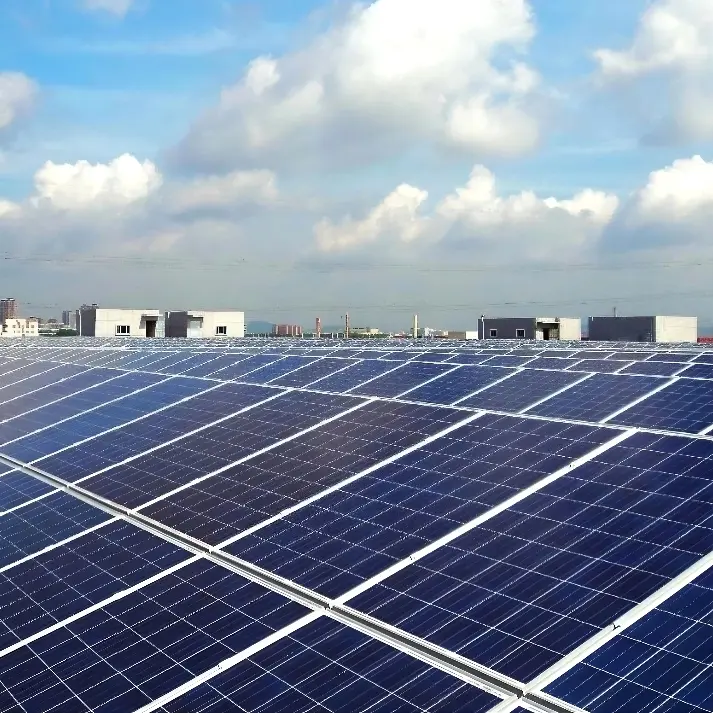
Absolutely. While output might fluctuate on a daily basis, the overall yearly performance still offers significant energy savings, especially with:
- Rising grid electricity prices
- Government incentives and rebates
- Growing demand for low-carbon, sustainable energy solutions
In fact, solar systems are increasingly being adopted in commercial buildings, schools, hospitals, and residential properties—even in regions with moderate to low sunlight.
Conclusion: Solar Works—Even Without Sunshine
The belief that solar panels only work on bright sunny days is outdated. Thanks to advancements in solar technology, modern photovoltaic systems continue to produce usable electricity on cloudy, foggy, and rainy days. The performance may drop, but it never stops completely.
If you’re looking for a reliable solar energy solution, consider:
- High-efficiency solar panels
- MPPT inverters
- Optimized installation
- Advanced battery storage
All of which are part of our one-stop solar power system solutions, customized to meet your building’s energy needs. Whether you’re outfitting a villa, a hotel, or a factory, we provide design, installation, and after-sales service to ensure maximum return on your solar investment.
